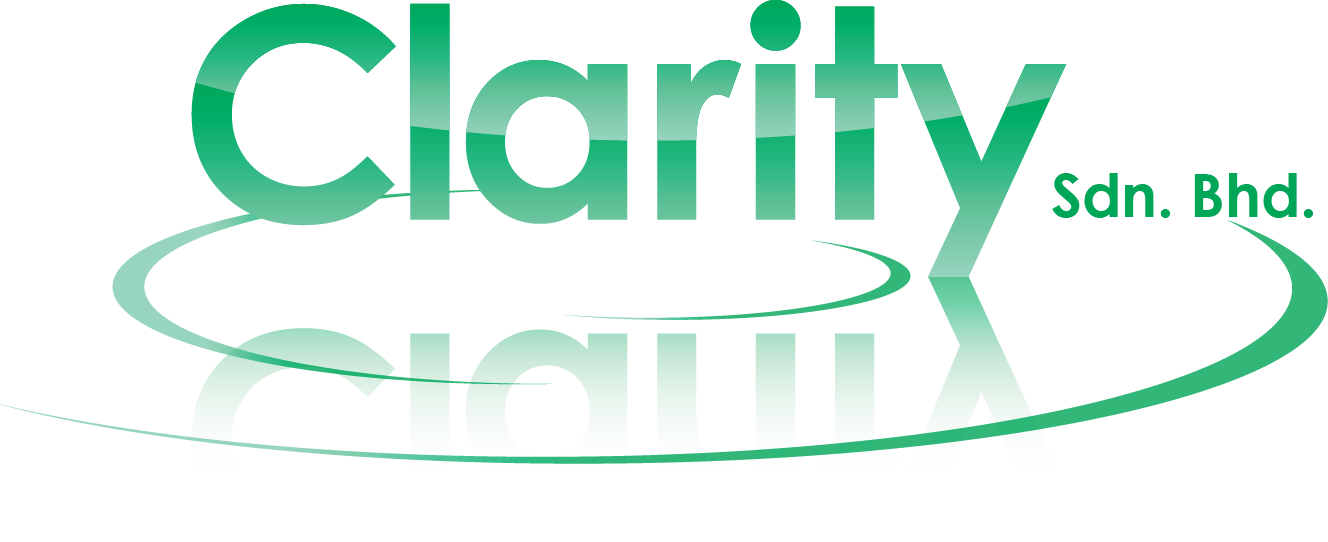When organisations are growing and the economy is strong, many organisations naturally spend more on employee programmes and development. When the economy is tougher, employee benefits may be cut and cost-cutting measures are often implemented. More is asked of employees while job security is reduced. The overall effect is demoralisation and increased stress. However, there are some instances where increased spending can improve profitability, not to mention employee morale, productivity, retention and engagement. Spending on an E AP, or Employee Assistance Programme, is the perfect example.
AP, or Employee Assistance Programme, is the perfect example.
An EAP is a programme in the workplace that is designed to assist organizations in addressing productivity issues. Its objective is to enhance individual performance at work to benefit both the individual and the organization.” (UK EAPA, 1998). EAPs achieve these results through helping employees and their families resolve personal, health and financial concerns; alcohol and drug abuse; emotional problems; stress; or any other issue that could potentially affect that employee’s job performance. Essentially, an EAP resolves employee issues before they become the organisation’s problem.
Even though employee problems may be unrelated to their work, they frequently have a significant negative impact on employee attendance, attention, morale, productivity and safety. An EAP helps assess and treat employee problems so that the employee’s overall work performance is maintained or improved. Improved employee performance is important. Research clearly demonstrates the cost-benefits of an EAP through reduced absenteeism and employee turnover, improved morale, and savings in health care costs. EAPs are also useful in helping management deal with employee issues and in mediating unresolved problems between employees and the organisation. In addition, research shows that low morale and job satisfaction can be contagious among employees. Quickly addressing these issues when they present in an employee can prevent larger issues of low morale and discontentment within whole departments.
through reduced absenteeism and employee turnover, improved morale, and savings in health care costs. EAPs are also useful in helping management deal with employee issues and in mediating unresolved problems between employees and the organisation. In addition, research shows that low morale and job satisfaction can be contagious among employees. Quickly addressing these issues when they present in an employee can prevent larger issues of low morale and discontentment within whole departments.
EAPs are structured like other health benefits a company offers. The employer pays the EAP provider a nominal monthly fee for each employee covered by the programme. This monthly fee provides employees and their immediate families with access to a prescribed number of visits each year with the independent third-party mental-health professional. The independence of the EAP is essential because it allows employees to speak openly and honestly about their personal or work issues, secure in the knowledge that their confidentiality will be respected and protected.
The Facts and Figures
EAPs are the norm in many countries. Most large organisations and many mid-sized organisations in Canada, the US and Europe currently offer their employees EAP benefits. Organisations do this for more important reasons than simply to appear socially conscious; it is done because it makes good business sense. A comprehensive review of the cost-effectiveness of EAPs was commissioned by the U.S. Department of Health and Human Services and The Substance Abuse and Mental Health Services Administration in 1995. This review concluded that, “All of the published studies indicate that EAPs are cost-effective… In this report we have considered what the appropriate role of the EAPs might be, with attention to their contributions to the prevention of mental health problems, especially alcoholism and other drug dependence. We examined numerous studies that consistently demonstrate the cost-effectiveness of EAPs.”
Chevron has recognized savings of $50,000 per case from reduced turnover due to EAP use. Chevron also reported “employee performance improved 50% following a supervisor referral to the EAP.”
Research into the Cost/Benefit Analyses of EAPs predicts the following savings for an organization:
- 27% fewer worker compensation claims
- 57% improvement in absenteeism
- 48% less likely to leave their jobs
- 58% decline in employees reporting on the job physical health problems
- 70% decline in employees reporting on the job emotional health problems
The most conservative Return On Investment (ROI) reported from hundreds of studies ranges from $5 to $16 per $1 invested in an EAP. This is based on just two EAP services: counseling and substance abuse treatment. The actual ROI would be even higher if one included Work/Life information and referral services.
EAPS have allowed companies in all manner of industries to realize substantial savings. General Motors of Canada Ltd. in Oshawa, Ont. studied 104 employees who used its EAP in 12 different plants. There was a 30% decrease in accidents and a 40% decline in the use of sick benefits from one year to the next. Further analysis during the same period revealed a 48% reduction in days lost to absenteeism after the first year of counselling and an additional decrease after the second year.
Toronto-based Imperial Oil Ltd. compared the records of 431 employees receiving EAP assistance and discovered a 2,155 day reduction in absenteeism among the group after it had begun using the service. The estimated net savings were $187,397. On a much smaller scale, Central Canadian Grocers Inc. of Toronto studied the attendance records of 24 employees who used EAP and found an average 7.8% decrease in lateness and a 11.7 day drop in absenteeism.
United Airlines’ EAPs saw 466 clients in a one-year period. They report that for every dollar spent on the program they realized a return of $16.95 based on a number of indices including reduced absenteeism and reduced medical claims.
When Gates Rubber Co. of Denver found that EAP counselling cut the absenteeism rate of 23 employees by more than 50%, the company decided to take a more detailed survey. In one year, 162 Gates’ employees used the EAP service. They had accumulated 4,104 hours of lost time in the 12 months following the counselling compared to 11,174 lost hours in the previous year.
The firm estimates its savings at $56,000. An added bonus was that over the same two-year period, visits to the firm’s medical clinic by members of this group dropped from 321 to 184.
Gates Rubber also discovered that the corporate gains resulting from its EAP grew larger each year. Over one six-year period, there was a 300% increase in attendance and the use of the firm’s medical clinic dropped by 200%. Equally important, there was a tenfold drop in the number of employees who were fired.
Calculating counselling benefits
Although there is no hard-and-fast formula for calculating the savings that a company would realize by offering EAP services, there are some steps that yield partial answers. First, take 10% of the total number of employees in your organization and multiply it by the average annual wage of all employees. Then, take 37.5% of the amount. The answer gives a rough indication of just how much employees’ personal problems can cost a company each year. As an explanation, the 10% refers to the most conservative estimate of a company’s employees who will be experiencing serious personal difficulties in any given year (evidenced by employee surveys, management reports and already established EAPs). The 37.5% refers to the most conservative estimate of an employee’s performance fall-off and decrease when an employee is experiencing personal difficulties (determined by a number of different measures such as absenteeism, lateness, personal telephone calls, distractions, idle time, discussion of problems with co-workers/manager, sick days, and the like.)
Generally, about 3% to 6% of employees will make use of an EAP during the first year it is available. Approximately 4% to 6% will make use of it during the second and subsequent years. Very often usage of an EAP is a function of the level of frequency of promotion in an organization throughout the year. The more frequently the EAP services are highlighted to employees, the more likely usage will be stronger. In smaller organizations where EAP promotion is easier and where positive word about the counselling services gets around more easily, usage is generally stronger.
Clearly, EAPs make a positive difference for an organisation. And, rather than cost-cutting which reduces morale and increases stress, an EAP has a beneficial impact on employee morale, retention and engagement. So, for those organisations seeking a progressive, employee-focused, capacity-building means of improvement, an EAP may just be your answer.
Contact Clarity Sdn Bhd to learn how an EAP can be established to meet your needs.
 17290total visits,11visits today
17290total visits,11visits today



